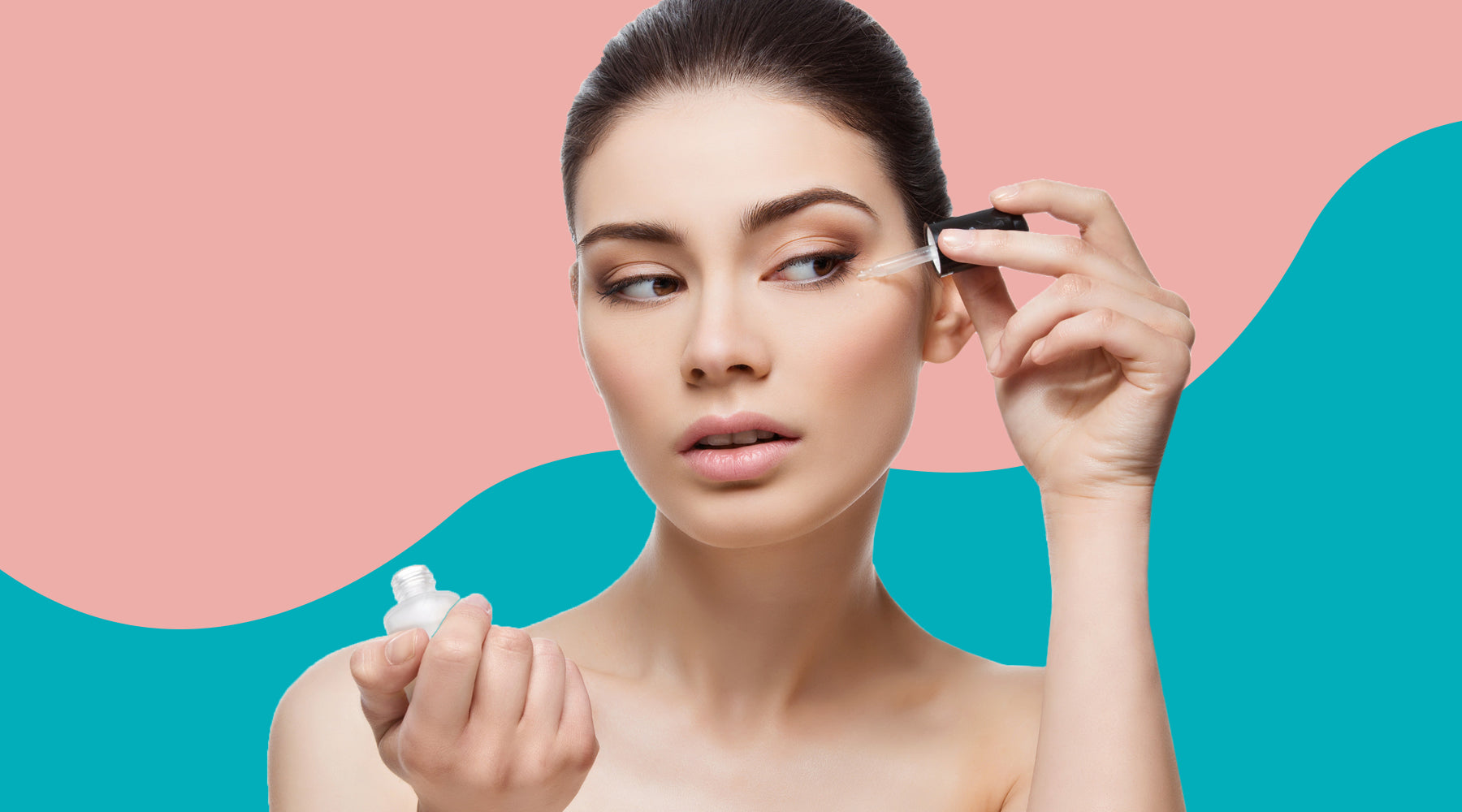
AHAs vs BHAs: What Acids Should You Include in Your Skincare?
The secret to glowing skin has always been exfoliation. Exfoliating removes dead skin cells and improves skin texture, keeping signs of ageing at bay. But before you start scrubbing the heck out of your face, let’s discuss the two different forms of exfoliators – chemical and mechanical. Face scrubs are mechanical exfoliators. They generally contain small beads or brushes to help remove dead skin cells and accumulated grime. However, they can cause micro-tears in the skin. Chemical exfoliators on the other hand, are the gentler alternative.
The word ‘chemical’ may take you back to your science lab at school with beakers full of spluttering acids. Don’t worry, the chemicals we are talking about, namely alpha-hydroxy acids (AHAs) and beta-hydroxy acids (BHAs) are gentle acids that unclog pores by removing dead skin cells, even out skin tone and decrease inflammation.
You must be wondering what are AHA and BHAs, and what the difference between these two is. Here's a quick summary. Now that you have a basic understanding, let’s delve deeper and find out what makes them different.

What are AHAs?
Alpha-hydroxy acids are derived from fruits or came sugars, and are water-soluble. They work on the skin’s surface to remove the top layer of dead skin to reveal smoother, even-toned skin. These acids also help stimulate collagen production, making it a great choice for ageing skin. They also work well for people with dry skin. AHAs break down the ‘glue’ between the skin cells, allowing them to slough off dead skin cells.
What do they do?
- Fade dark spots, mild acne scars and help treat hyperpigmentation
- Tackle wrinkles and fine lines
- Help brighten dull, lifeless skin
Types of AHAs
There are a few different AHAs - you might have read these names of the back of your skincare products!
- Glycolic Acid
If you’ve been in the skincare game for a while, you’ll have surely heard of this. It a gentle yet powerful acid derived from sugarcane. It is the strongest AHA.
- Citric Acid
This popular AHA helps boost skin cell turnover and is a great source of antioxidants. Because it can be irritating to sensitive skin, start with a lower concentration and build up gradually.
- Lactic Acid
Derived from milk, it is a milder AHA. It can be used as an alternative to glycolic acid, for skin that cannot tolerate it. It works by removing the top layer of dead skin on the face.
- Malic acid
This is a milder form of AHA, much milder than lactic and glycolic. It isn’t very effective on its own, so you may find it alongside other AHAs and BHAs.
Try our bright skin heroes containing AHAs:
Mon Cherry Brightening Foam Cleanser
Mon Cherry Brightening Face Mist
Mama Cica Mud Dipping Sheet Mask For Oil Control And Clear Skin
What are BHAs?
Beta-hydroxy Acids are very similar in structure to AHAs, but they are oil-soluble. This means that they can deep into your pores and help regulate sebum production. They are extremely effective in treating acne, as it breaks down oil and dead skin cells. They are also great for people will oily skin, as it effectively decreases oil production. Just like AHAs, they exfoliate the skin’s surface, but also work deep in your pores. Think of it as a dual action acid. They also have photo-protective properties.
What do they do?
- Unclog pores
- Reduce inflammation
- Calm redness
- Regulate oil production
- Minimize the appearance of pores
Types of BHAs
These BHAs are commonly found in anti-acne skincare products.
- Salicylic Acid
This is the most common BHA. It is known for its exceptional acne-fighting properties. It is less irritating than glycolic acid as it has a larger molecule size and an anti-inflammatory nature. It is great at preventing and treating blackheads and whiteheads.
- Betaine Salicylate
This is a hydrating amino acid derived from sugar beets, plus salicylic acid. It is gentler than salicylic acid, but equally effective.
- Willow Bark Extract
This is a natural BHA extracted from willow bark. This is gentler, and works slower than the above two BHAs.
Try our skin-clearing heroes containing BHAs:
Chialeader Shine Control Gel Face Wash
Mama Cica Zit Away Treatment Patches

Can you use AHAs and BHAs together?
Yes! If you have oily, acne-prone skin, this course of treatment will benefit your skin immensely. BHAs will keep the acne from forming and AHAs will work to decrease past acne scars and pigmentation. However, if your skin is sensitive, you may want to apply these acids on alternate days to pace out the treatment. Always remember to apply a tried-and-tested moisturizer afterwards. This will reduce irritation and keep your skin soft and supple. Avoid using retinol if you are using these acids as they are both strong, and can cause skin irritation, redness and surface damage.
If you have dry or sensitive skin, it is best if you stick to AHAs for a more gentle action. Lactic Acid is your best bet. Start at a lower concentration, like 5% and then move up to 10% gradually if your skin tolerates it.
No matter what you pick, it is important to start slow and introduce 1 new product at a time, to give your skin time to adjust. Apply your acid every alternate day and then build up to every day in a couple of weeks. Always do a patch test first!



Leave a comment
This site is protected by hCaptcha and the hCaptcha Privacy Policy and Terms of Service apply.